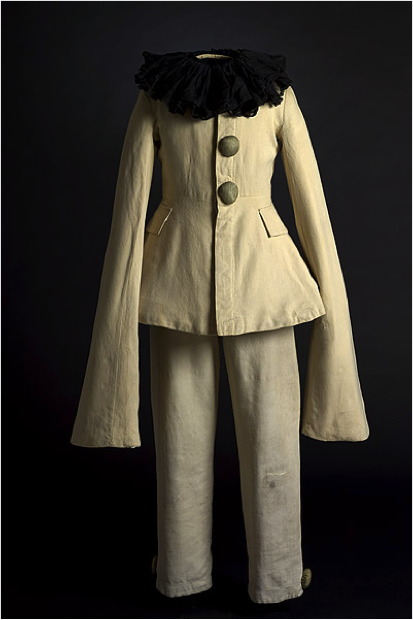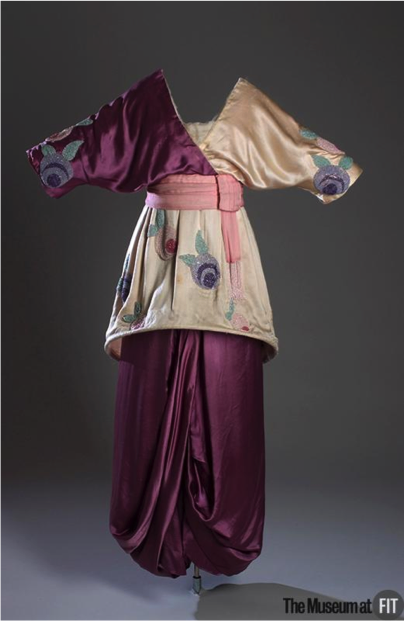The weather is changing, the days are getting shorter, and October has almost reached its end. One last thing needs to happen before we hit November…Halloween! When someone in the US thinks of Halloween, many ideas and images are bound to come up in their mind: Glowing jack-o-lanterns, witches, skeletons, children in costume, and candy abound.
This Halloween, let’s talk about the furry and feathery friends we associate with the holiday. Specifically for this blog post, I looked at two pieces related to two animals you might see perched on a witch’s shoulder as she flies through the night sky – a cat and an owl.
This French feline-adorned coin purse is from 1935. The angular ears and flicked tail are perfect for a repeat pattern, and also give just the right vibe for Halloween.
So how did cats get associated with Halloween in the first place? It comes down to superstition. During the times where Christian societies seemed to have a witch craze, cats were one of the animals thought to be companions to those who practiced dark magic. The spooky nature of modern Halloween has latched onto this and made a black cat one of the major icons of the holiday.
The garment you see in the next photo is a beautiful, downy capelet made of owl feathers, c. 1897. The softness and elegance of the capelet hardly seems to relate to the big, spooky owls of old Halloween movies, which is so interesting.
Owls, similarly to cats, became associated with Halloween due to their nature as predators of the nocturnal type. Their evolution in Halloween iconography mimics the evolution of Halloween itself – once a serious pagan holiday to the night of tricks and treats we see today. What once was considered an evil, dark-dwelling creature is now simply another character on the Halloween roster.
Hannah Donnelly
Volunteer Intern










